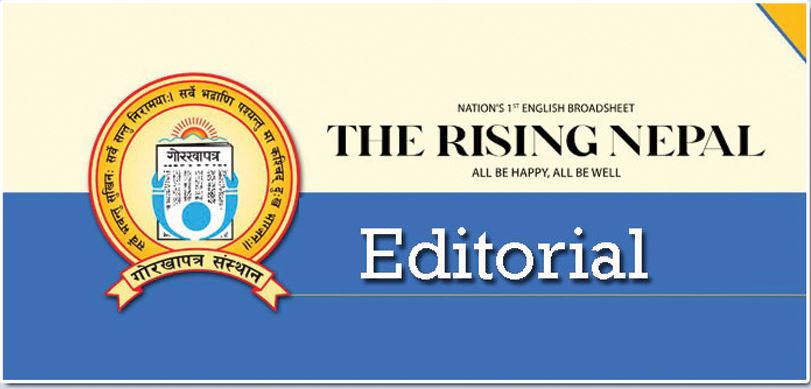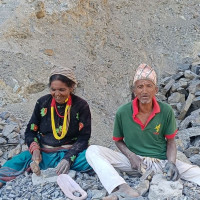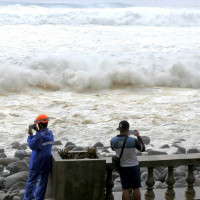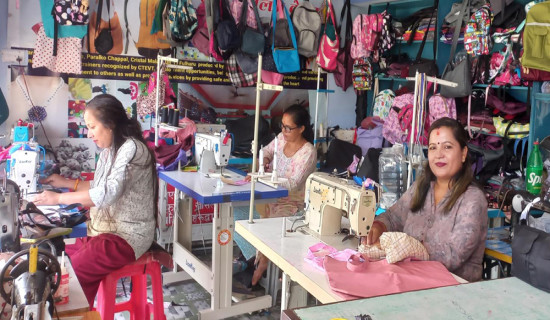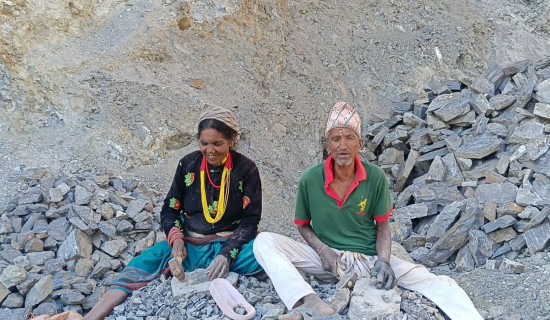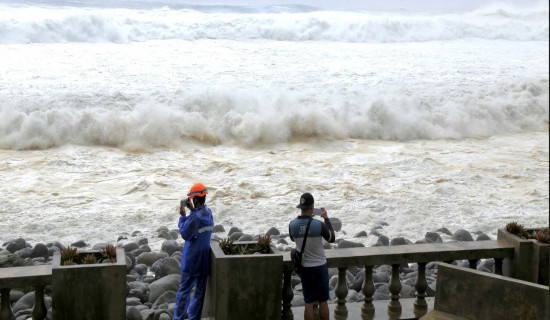- Tuesday, 23 September 2025
Festive Travel Blues
Every year, as Dashain and Tihar approach, the nation's highways transform into lifelines for millions of Nepalis travelling to reunite with their families. But with joy and anticipation comes anxiety—the same old fear of blocked roads, landslides due to rain, accidents, and exhausting delays. This year, however, the government appears to be taking the matter with a new sense of urgency. Energy, Physical Infrastructure, Transport, and Urban Development Minister Kul Man Ghising has directed concerned authorities to ensure round-the-clock monitoring of roads and rapid response mechanisms during the festive season.
The directive to maintain control rooms 24 hours a day, send focal persons to ensure road safety, and activate police patrols along highways shows an understanding of past failures. Equally pragmatic is the prioritisation of plying passenger vehicles over heavy vehicles on the Daunne segment of the Butwal–Narayangadh highway during Dashain. The assurance of clearing landslides forthwith, reopening vital routes such as Narayangadh–Mugling and Tatopani before the festival, and publishing public notices regarding weather conditions all sound like steps taken in the spirit of common sense.
But we must ask: will these decisions translate into action, or will they remain another list of announcements meant to placate public frustration? Nepalis have become used to hearing promises of things being done during festivals, only to be stranded on blocked roads for hours. The landslide of last week on the Tuin Khola stretch, where hundreds of passengers were left stranded overnight, is a grim reminder that preparedness is ever one step behind. Only after waiting for hours did the road clear halfway. The government must also learn that absolute safety does not result from temporary bans or sporadic patrols.
Preventive maintenance, year-round monitoring of vulnerable slopes, and solid infrastructure investments are vital to easing travel and saving lives. Placing a ban on heavy traffic during festival season is a temporary remedy. It is imperative to construct highways that can hold up against seasonal pressure as the long-term solution. The government has decided to open the Nagdhunga-Sisneri tunnel road for passenger vehicles to exit the Kathmandu Valley on the eve of Dashain. It should be arranged to keep it open all seasons to avoid heavy traffic.
The holiday rush lays bare the vulnerability of our transportation infrastructure more than at any other time. Long-distance family travellers should find it convenient and comfortable. Children sleeping on bus roofs, passengers waiting in dust for stranded vehicles, and drivers risking lives on treacherous curves should be avoided. What is needed now is accountability. If a control room is promised, citizens should know where it is, how to reach up to it, and who is responsible.
If landslides block a road, people should not wait until the next morning for action. If guidelines for safe and technology-friendly public vehicles are to be prepared, they should not gather dust on ministry shelves. This Dashain, let the government prove that its words are not hollow. And let citizens demand more than temporary fixes. Safety on our roads is not a seasonal concern. It is a daily right. The festive season should be remembered for family reunions and celebrations—not for avoidable tragedies on the highways.

